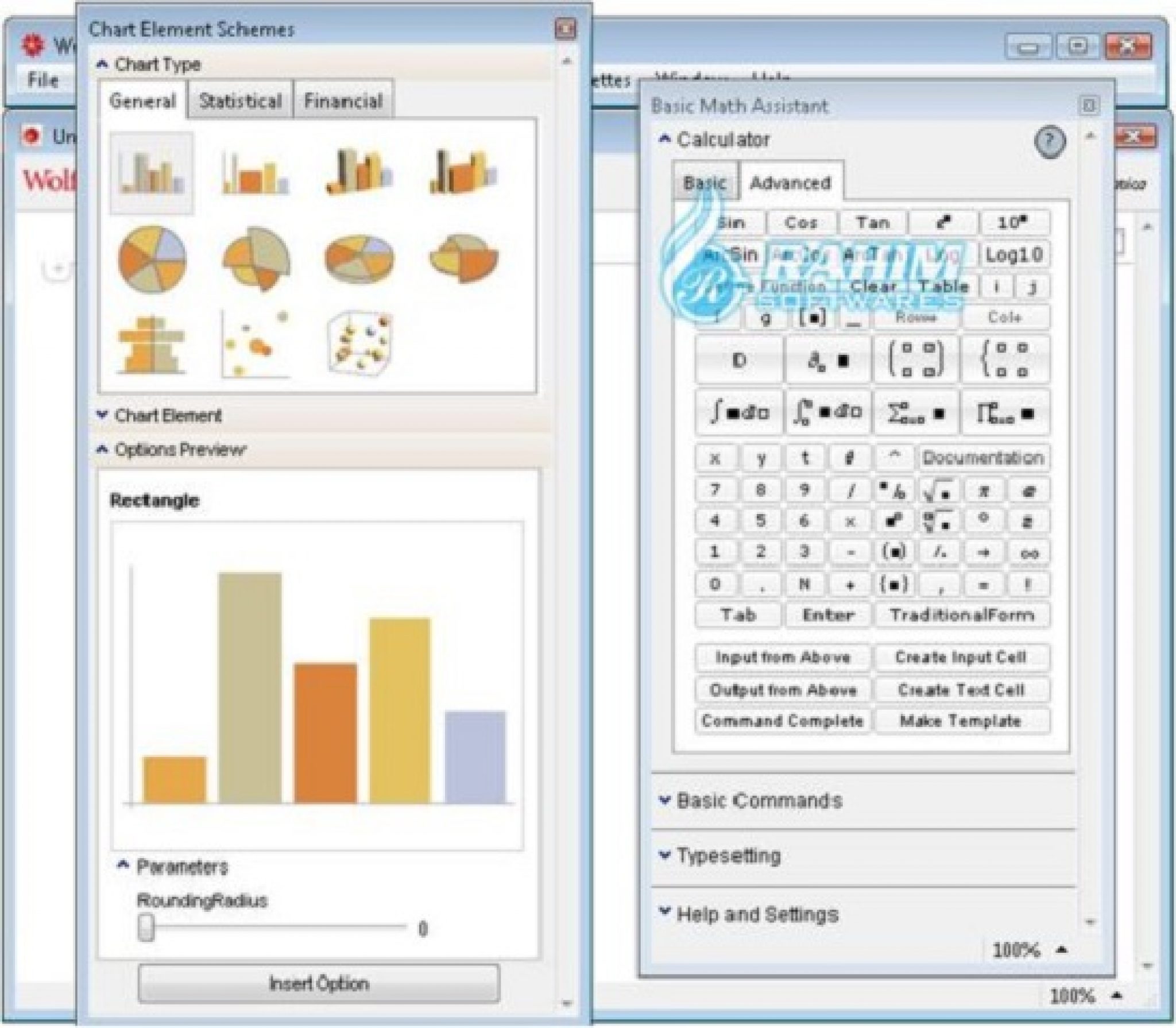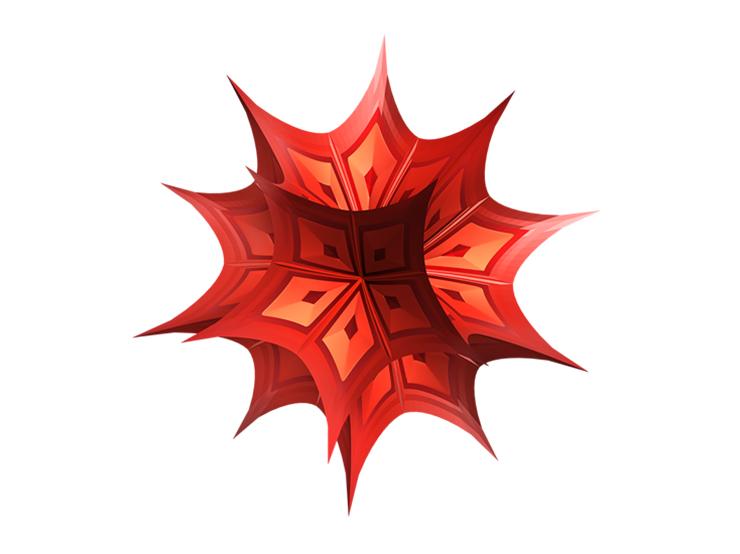
- Update wolfram mathematica install#
- Update wolfram mathematica software#
- Update wolfram mathematica code#
- Update wolfram mathematica download#
Update wolfram mathematica install#
Be sure you have at least 600MB of free space on your SD card to install the software.
Update wolfram mathematica download#
If you set up your SD card before this date, you'll need to download and install Mathematica. If you downloaded Raspbian after November 21, 2013, or if you installed Raspbian through a NOOBS version released after November 21, you should already have Wolfram Mathematica installed and available to you. Mathematica now comes bundled with the standard Raspbian OS image available at the Raspberry Pi website.
Update wolfram mathematica software#
The release of the Raspberry Pi Mathematica edition opens up the brilliant software package to a huge number of students, hobbyists, and professionals who probably would not run across the commercial version of Mathematica in their everyday life. Last November, Stephen Wolfram, who is a big supporter of Raspberry Pi and its goal of integrating computers with education, announced that he was developing a free version of Mathematica and the Wolfram language that would run on the Pi. Until recently, the Mathematica software package (and hence the Wolfram language) has been completely proprietary – costing upward of US$149 a year. This integration of documents and images means you can use the Notebook feature to create impressive presentations in Mathematica. Another interesting feature of Mathematica is that it is laid out in what they call "notebooks," which enables you to add notes and word-processed text to the same document in which you store your code. These capabilities make Mathematica a flexible and intuitive experience for beginners and professionals alike.
Update wolfram mathematica code#
Why use Mathematica and the Wolfram language when popular, mainstream languages like Python are already available for the Raspberry Pi? One of the main benefits is that Mathematica uses a multi-paradigm input method, which accepts code in various forms – obviously Mathematica can run native Wolfram language code, but you can also build up code using a more graphical interface called "palettes," and you can even type in plain English and let Mathematica translate the English statements into code using its own algorithms. (Unfortunately, they make you pay for certain advanced features, but the free version is still serviceable.) Why Is Wolfram So Special?

If you feel like experimenting with Wolfram Alpha, I recommend visiting the website and having a play, because it is really useful: I have used Alpha many times at university to validate my work. The company also has a product they call Wolfram Alpha, which they describe as a "Computational Knowledge Engine." You might not have heard of Wolfram Alpha, but if you spend any time with Internet technologies, you have have probably made use of it: Wolfram Alpha is one of the answer engines that form part of Apple's Siri and Microsoft's Bing.

Wolfram Research calls the Wolfram language a "revolutionary knowledge-based programming language" and claims it is "the world's most productive programming language" – a very bold claim indeed! The language, which focuses heavily on symbolic computing, is very large because of the huge amount of built-in specialization that provides functions for everything – from differential equation solvers to 3D graphical analysis tools and much, much more. Mathematica is mostly used in the fields of science, engineering, and mathematics, but it has a diverse range of capabilities that make it suitable for many other applications in other fields.Īt the heart of Wolfram Mathematica is the Wolfram language, which has been around for more than 25 years in various iterations but only recently took the Wolfram name. Wolfram Mathematica is a computational software program created originally by the British scientist Stephen Wolfram and now developed by Wolfram Research (with Stephen at the helm).


 0 kommentar(er)
0 kommentar(er)
